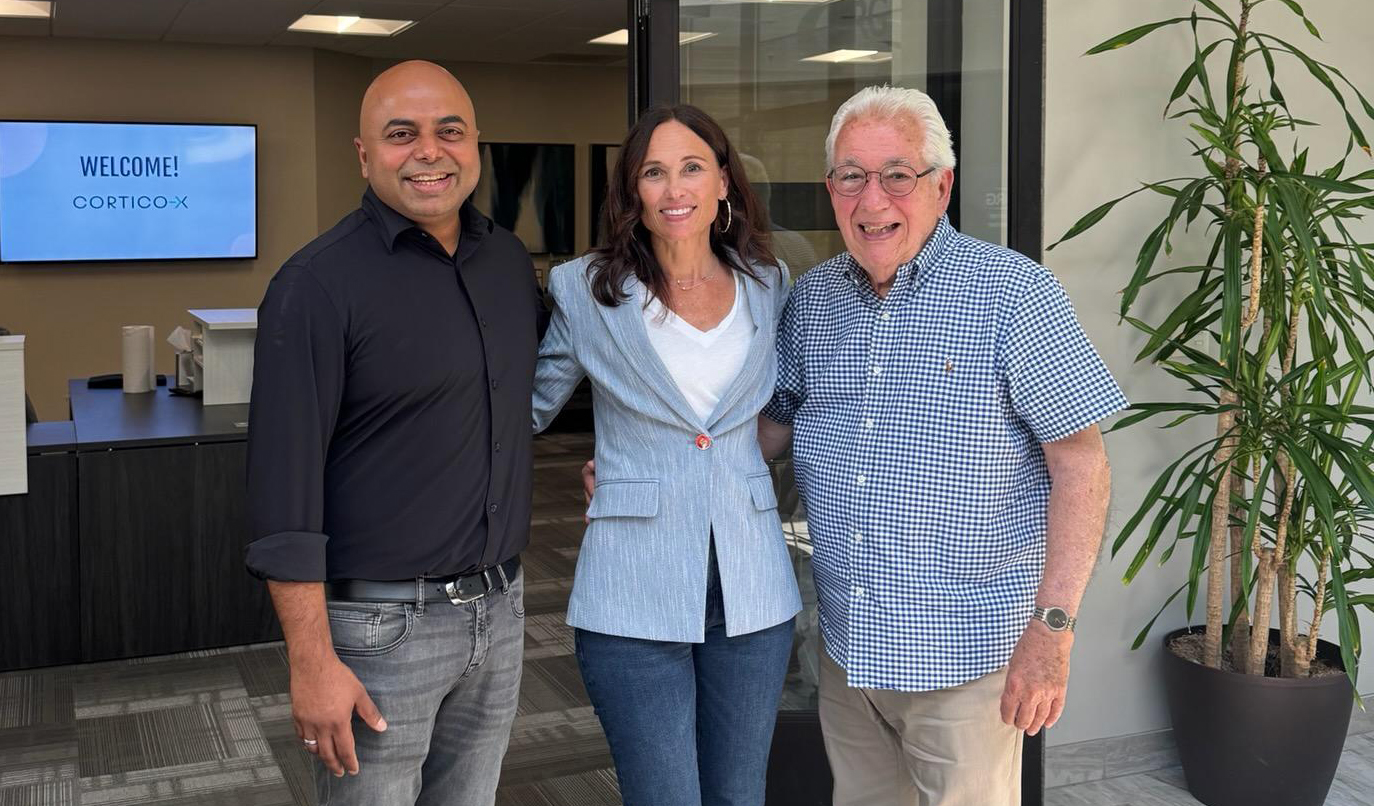Nearly three years ago, I walked into my first Brazilian Jiu Jitsu class with zero expectations and walked out two hours later with a new gi and what I hoped to be a life-long membership at my school. What began as curiosity about self-defense evolved into something far deeper: a practice that seamlessly weaves together physical challenge, mental discipline, and genuine community. Today, as a blue belt continuing my journey, I’ve discovered that the principles governing effective service recovery mirror the fundamental philosophy of jiu jitsu in remarkable ways.
Both disciplines share a counterintuitive truth: the most powerful responses often emerge from positions of apparent disadvantage.
Finding Leverage in Disadvantage
In jiu jitsu, we learn that being on bottom doesn’t mean being beaten. The guard position, lying on your back with your opponent between your legs, is one of the most dynamic and offensive positions in the sport. What looks like vulnerability to someone unfamiliar with the art, is opportunity through proper technique, patience, and strategic thinking.
Service recovery operates on identical principles. When customers experience service failures (delayed deliveries, product defects, billing errors), organizations face their own “bottom position.” The instinct is often defensive: minimize responsibility, deflect blame, or offer token gestures. But exceptional service recovery, like effective guard work, transforms what seems like a disadvantage into a competitive advantage.
Consider the airline industry, where effective service recovery demonstrates remarkable results. Airlines that don’t just apologize for cancelled flights but proactively rebook passengers, provide meal vouchers, arrange hotel accommodations, and follow up personally can transform frustrated travelers into advocates. Research shows this phenomenon as part of the “service recovery paradox”: customers who experience effective recovery after service failures can become more loyal than those who never experienced problems at all.
The Power of Controlled Pressure
Every jiu jitsu practitioner learns to distinguish between panic and pressure. Panic leads to wasted energy, poor decisions, and inevitable defeat. Steady, methodical, purposeful pressure creates opportunities and controls outcomes. When someone new to the mat feels pressure, they thrash wildly. Experienced practitioners breathe, think, and respond strategically.
Service recovery demands this same emotional regulation. When customers are upset (sometimes irrationally so) the natural human response is to match their energy or retreat entirely. Neither approach serves anyone well. Instead, exceptional service professionals apply controlled pressure: they acknowledge concerns without accepting abuse, maintain professional boundaries while demonstrating genuine care, and guide conversations toward resolution rather than escalation.
This isn’t about domination or manipulation. It’s about creating space for solutions while maintaining respect for all parties involved. Just as jiu jitsu teaches us to stay calm under physical pressure, service recovery requires remaining centered under emotional pressure.
Progress Through Repetition and Refinement
Perhaps the most profound parallel lies in how both practices view failure and improvement. In jiu jitsu, getting submitted or “tapped out” by a training partner isn’t defeat: it’s data. Each submission teaches you something: a gap in your defense, a missed opportunity, a timing error. Higher belts aren’t those who never get tapped; they’re those who keep refining their technique and learning from every encounter.
Organizations that excel at service recovery adopt this same mindset. They don’t aim for zero service failures (that’s neither realistic nor necessarily optimal). Instead, they build systems to learn from each failure, refine their response protocols, and emerge stronger. Companies with legendary service reputations aren’t those that never make mistakes; they’re those that recover so effectively that customers become advocates.
Building Unbreakable Bonds
What draws people to jiu jitsu isn’t just the individual challenge: it’s the community. When someone attempts to choke you or hyperextend your joints, you tap out peacefully, then immediately shake hands and offer feedback. Something profound happens in that moment. Trust develops in the most unlikely circumstances. The person who just submitted you becomes your teacher, training partner, and often friend.
Exceptional service recovery creates similar bonds. When organizations handle failures with transparency, empathy, and genuine care for customer well-being over short-term profits, they forge relationships that transcend typical vendor-client dynamics. Customers become partners in improvement, offering feedback and patience because they trust the organization’s intentions.
The Long Game
Both jiu jitsu and service recovery are practices, not destinations. There’s no “perfect” in either domain, only continuous refinement. My journey so far has taught me that progress isn’t linear, breakthroughs often follow frustrating plateaus, and the most important competitor is yesterday’s version of yourself.
Organizations serious about service recovery must embrace this same long-term perspective. Building exceptional service recovery capabilities requires sustained investment in training, systems, and culture. The payoff isn’t immediate, but it’s profound: customer loyalty that survives competitive pressure, employee satisfaction that comes from meaningful problem-solving, and operational resilience that turns inevitable challenges into opportunities.
Rolling Forward
As I continue my jiu jitsu journey toward purple belt and beyond, I’m reminded daily that the gentle art’s greatest lessons extend far beyond the mat. Whether we’re escaping a tight submission or recovering from a service failure, the principles remain constant: stay calm under pressure, find leverage in apparent disadvantage, learn from every experience, and never forget that our greatest strength lies not in avoiding challenges, but in how we respond when they inevitably arise.
The customers who test our service recovery capabilities aren’t adversaries: they are training partners helping us refine our technique and discover our true potential. Like jiu jitsu, exceptional service recovery isn’t about overpowering opposition; it’s about transforming conflict into connection, problems into partnerships, and setbacks into comebacks.
In both arenas, the gentle approach often proves most powerful.
If you liked what you read here, follow us at Cortico-X for more insights at the intersection of experience, technology, and transformation. And if you could use some help with your service recovery efforts, we’d love to help. Let’s talk.

Dani Dudek
is a Client Experience strategist and transformational leader, bringing 10+ years of expertise in designing and executing customer-centric solutions that drive meaningful business outcomes across Financial Services and Technology sectors.











